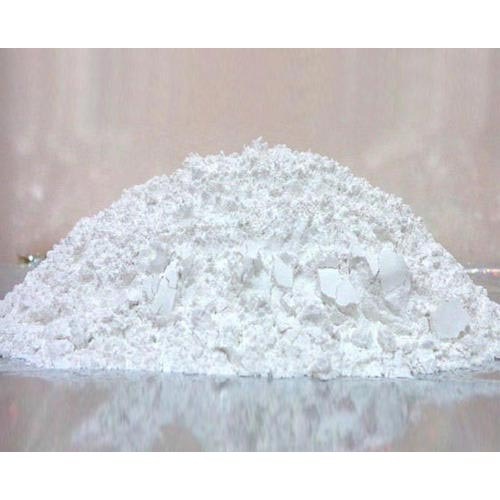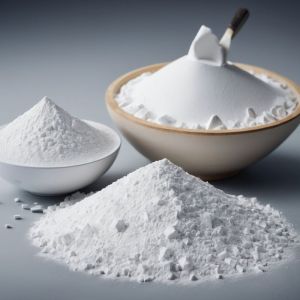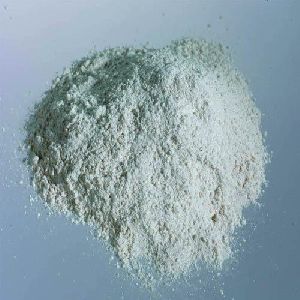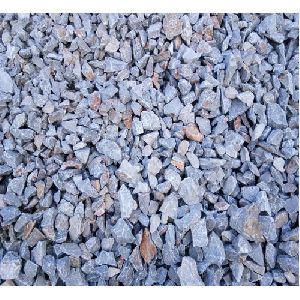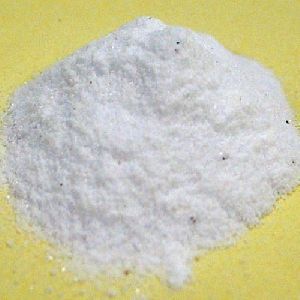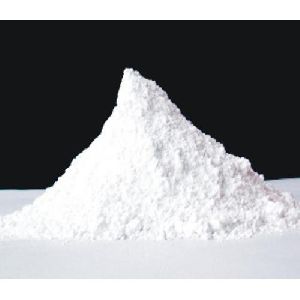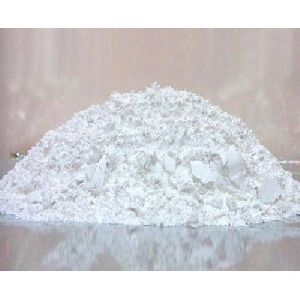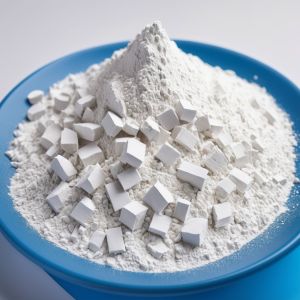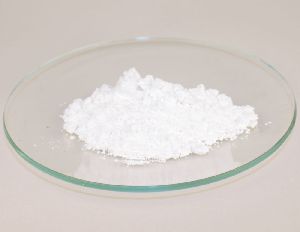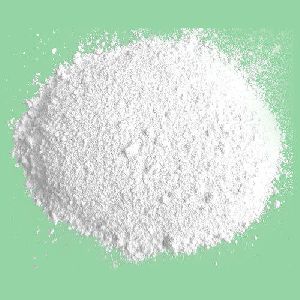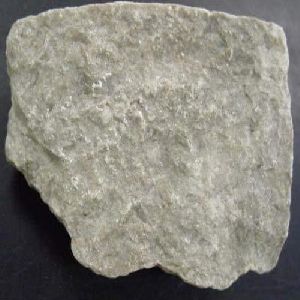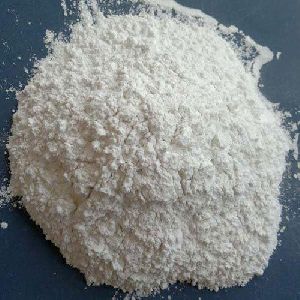- Dehradun, Uttarakhand
- GST NO. : 05DOBPS3072G2ZZ
- +91-9927122466
| Business Type | Manufacturer, Exporter, Supplier, Retailer |
| Formula | CaMg(CO3)2 |
| Hardness | 4.5-5 |
| Specific gravity | 2.85 g/cm3 |
| Click to view more | |
Preferred Buyer From
| Location | Worldwide |
Product Details
Chemically and structurally, Dolomite Powder may be regarded as calcite with half the calcium ions replaced by magnesium. Iron or manganese may substitute for magnesium in Dolomite Powder, forming isostructural series with ankerite and Kutnahorite.
The crystal structure of Dolomite Powder i.e. hexagonal-rhombohedral, is similar to that of calcite, with alternate layers of calcium ions totally replaced by magnesium. This ordered arrangement of cations slightly impairs the overall symmetry of the structure but is essential to the stability of the mineral. Hardness is 4.5-5, specific gravity 2.85, luster vitreous to pearly, color ranges from colorless to white with green, brown, or pink tints, and cleavage is perfect in three directions.
Like calcite, dolomite occurs in virtually all geologic settings: in igneous rocks as carbonatite, in metamorphic rocks as marble, and in hydrothermal deposits. Also like calcite, the most abundant occurrences are in sedimentary rocks; rock composed primarily of dolomite is sometimes referred to as dolostone.
Such rocks form vast deposits; in Italy, the Alpine range known as the Dolomites is almost entirely composed of dolomite. However, unlike calcite, dolomite's sedimentary origin is enigmatic. Although the most stable carbonate mineral where magnesium is abundant in the marine environment, it is unknown as a primary mineral. The vast, ancient deposits apparently formed from primary calcite or aragonite by diagenesis, yet this process is not observed in modern marine environments.
Dolomite is quarried for building and ornamental stone, road stone, and the production of refractory brick. It is the principal ore of magnesium metal and the source of the magnesium used by the chemical industry.
Crystal habits include saddle shaped rhombohedral twins and simple rhombs some with slightly curved faces, also prismatic, massive, granular and rock forming. Streak is white.
Calcite is far more common and effervesces easily when acid is applied to it. But this is not the case with dolomite which only weakly bubbles with acid and only when the acid is warm or the dolomite is powdered. Dolomite is also slightly harder, denser and never forms scalenohedrons (calcite's most typical habit).
Dolomite can be several different colors, but colorless and white are very common. However it is dolomite's pink color that sets another unique characteristic for dolomite. Crystals of dolomite are well known for their typical beautiful pink color, pearly luster and unusual crystal habit and it is these clusters that make very attractive specimens. Associated Minerals: include calcite, sulfide ore minerals, fluorite, barite.
Physical Characteristics :
- Uses : As an ingredient in cement and also as a mineral specimen
- Color : Color is often pink or pinkish and can be colorless, white, yellow, gray or even brown
- Specific gravity : 2.85

